As May arrives in subtropical Australia, the shift from warm summer days to cooler autumn and early winter conditions presents a unique set of gardening opportunities and challenges. This is a crucial time for planting cool-season crops, managing garden health, and preparing for the upcoming winter months. Here’s your comprehensive guide to what you should do and plant in your organic vegetable garden during May, along with tips for pest and disease control.
Garden Preparation and Maintenance:
Before you start planting, a bit of garden preparation and maintenance will go a long way:
Soil Care: Refresh garden beds by incorporating organic compost and well-rotted manure to replenish nutrients used up during the summer. It’s also a good time to test soil pH and adjust it using lime (to increase pH) or sulfur (to decrease pH) based on the needs of your crops.
Mulching: Apply a layer of organic mulch to retain soil moisture, suppress weeds, and provide a barrier against soil-borne diseases.
Cleanup: Remove any spent summer crops and weeds to reduce habitats for pests and disease. Clean your tools and gardening equipment to prevent the spread of pathogens.
What to Plant in May
Transitioning from summer crops to those that prefer cooler temperatures allows for a diverse range of vegetables:
- Carrots - Ideal for cooler weather; ensure deep, well-drained soil for best growth.
- Broccoli - Prefers cooler temperatures and can be started in May for a winter harvest.
- Cauliflower - Similar to broccoli, prefers the cooler months.
- Beetroot - Can be planted for a continuous harvest, as they tolerate mild frosts.
- Lettuce - Sow a winter variety to ensure a steady supply of fresh greens.
- Spinach - Ideal for sowing in cooler months; look for varieties suited to winter growing.
- Silverbeet (Swiss Chard) - Hardy and can be sown directly into the garden.
- Peas - Including sugar snap and snow peas, perfect for planting in cooler weather.
- Radish - Quick to grow and harvest, we love daikon and pink beauty.
- Onions - May is a good time to sow onions for a late spring harvest. For subtropics opt for short day or day neutral varieties.
- Pak Choi - Quick growing, ideal for cooler seasons.
- Kale - Thrives in cool weather, perfect for winter greens.
Herbs: Parsley, coriander, and dill can be sown now. These herbs prefer cooler temperatures and will add fresh flavours to your winter dishes. For continued harvest of coriander sow new seeds every couple of weeks.
Water and Irrigation
As the climate cools, your watering needs will decrease, but regular checks are important to ensure the soil remains moist, especially for new seedlings.
- Water deeply but less frequently to encourage strong root growth.
- Check soil moisture regularly — soil should be moist, not waterlogged or dry.
Pest and Disease Control
Cooler weather changes the pest and disease landscape:
Snails and Slugs: These pests love cool, moist environments and can decimate young seedlings. Use organic bait or create barriers with eggshells or diatomaceous earth around your plants.
Cabbage Moth: Watch for cabbage moth caterpillars on your brassicas. Use netting to protect your crops, or apply Bacillus thuringiensis (Bt), an organic bacterial spray, to control larvae populations.
Powdery Mildew: This fungus tends to appear in cooler, humid conditions. Ensure good air circulation around plants and treat affected areas with a mixture of milk and water (1 part milk to 9 parts water) sprayed onto the foliage.
Planning for Harvest and Beyond
May is also a great time to plan for future harvests:
Succession Planting: Plan for continuous harvests by planting new batches of crops every few weeks.
Companion Planting: Enhance garden health and reduce pest issues by planting compatible plants together. For example, plant marigolds to deter beetles and nasturtiums to ward off aphids.
Gardening in subtropical Australia in May can be incredibly rewarding. With the cooler weather, reduced pest pressure, and the opportunity to grow a variety of crops, you can enjoy your garden’s bounty and prepare for a successful winter harvest. Remember, the key to a successful organic garden lies in proactive planning, regular maintenance, and adopting sustainable practices that enhance biodiversity and ecological balance in your garden. Happy gardening!


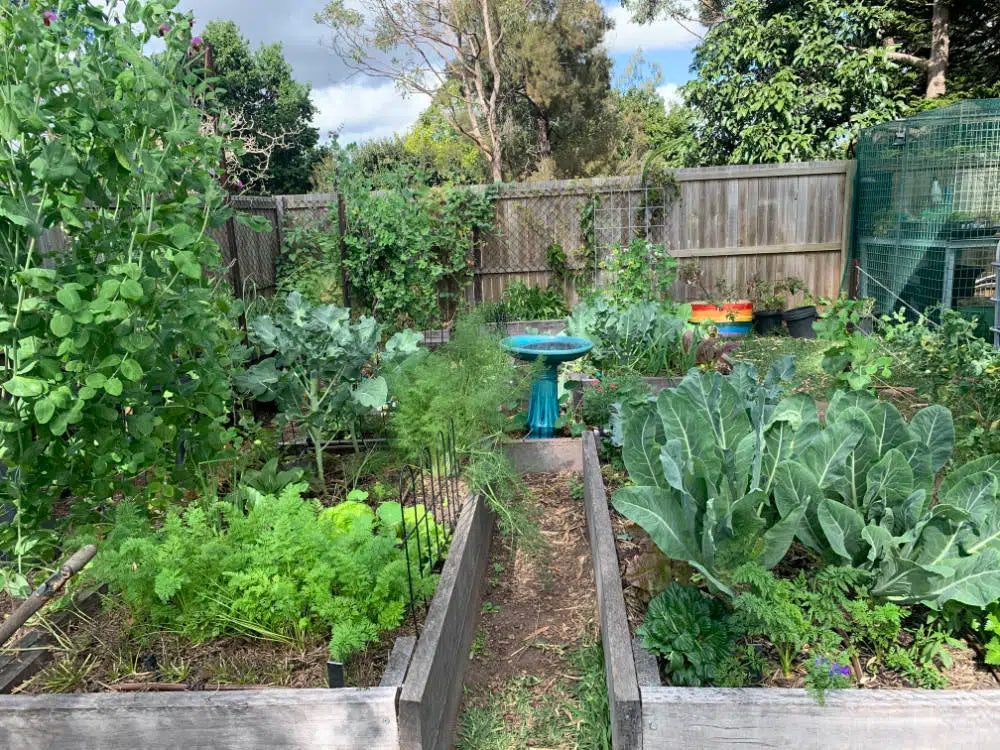
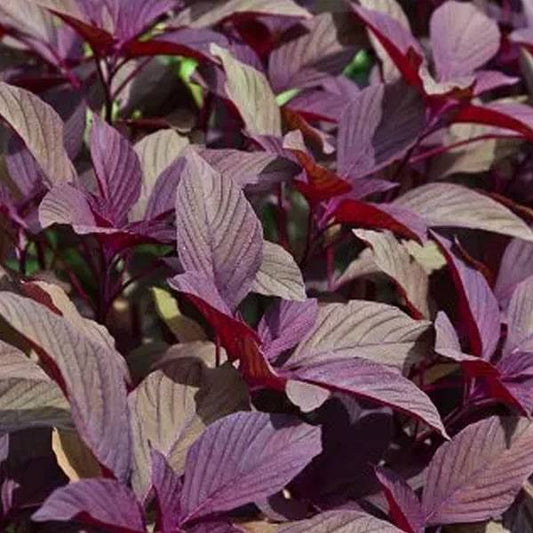

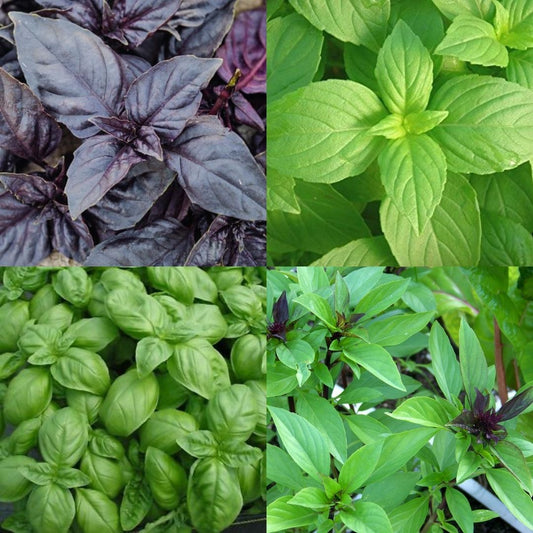
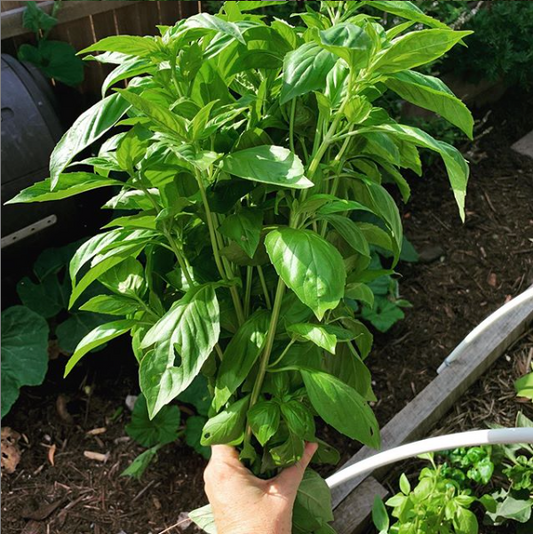
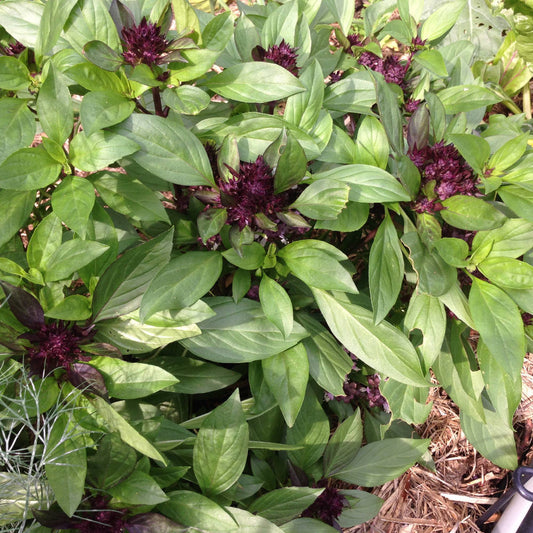
6 comments
Thank you for your articles. They gave me a lift.
Thank you Niki. I enjoy reading your posts.Its good to be reminded of what to plant when.🙂
Informative and helpful. Thank you.
Thank you Nicki. Pat, Tewantin
Thank you Nicki. I’m always happy ro get info from you because we have the same climate.
Happy gardening. Pat, Tewantin